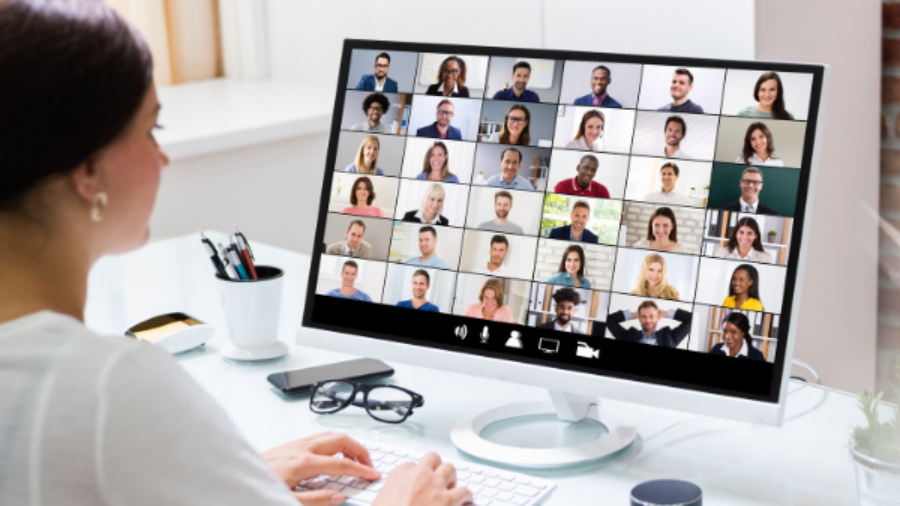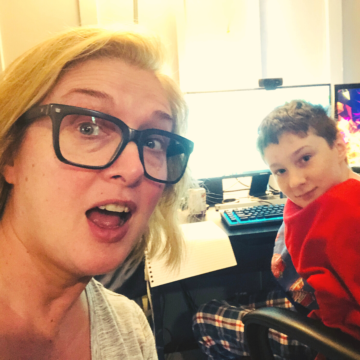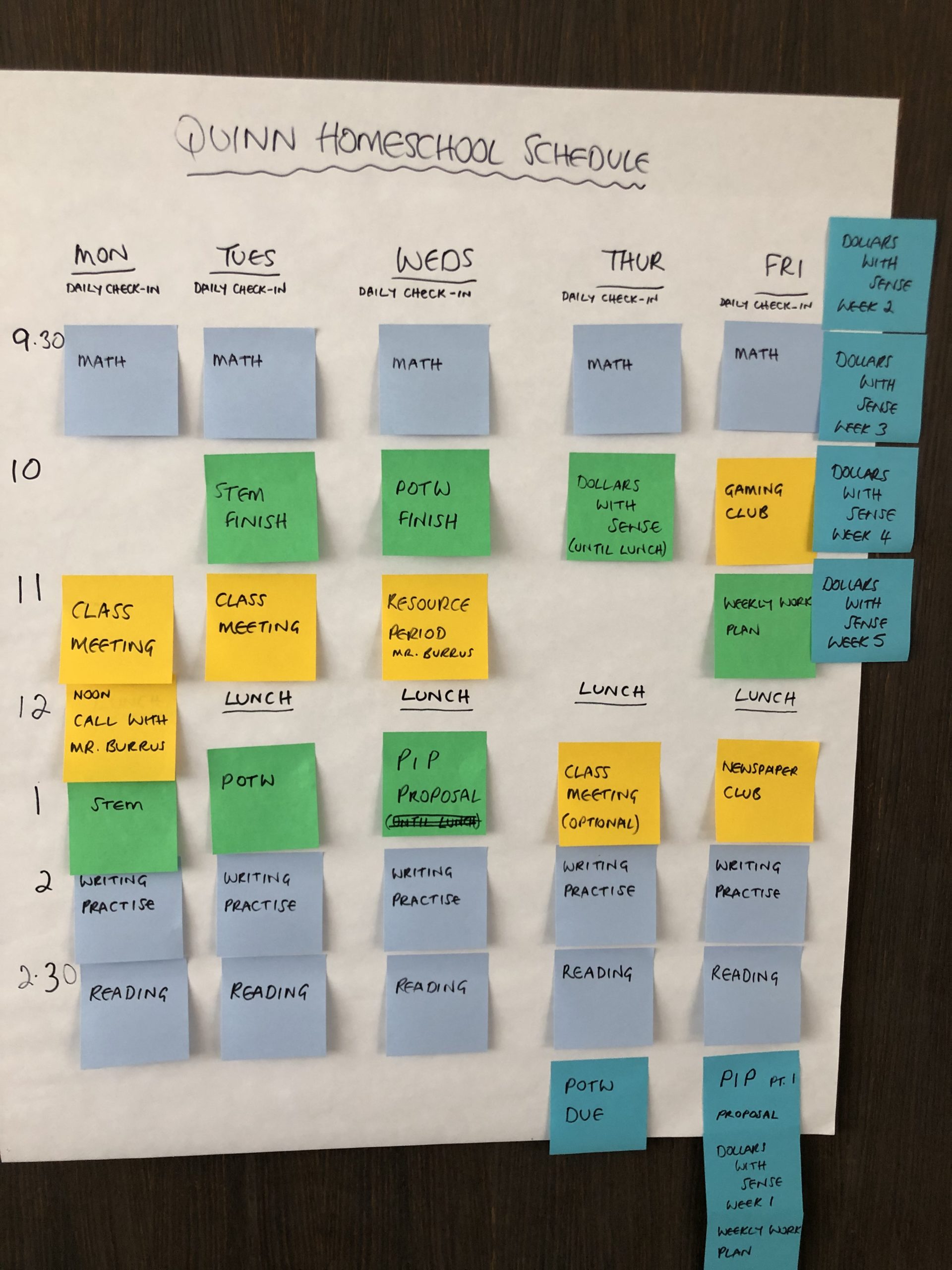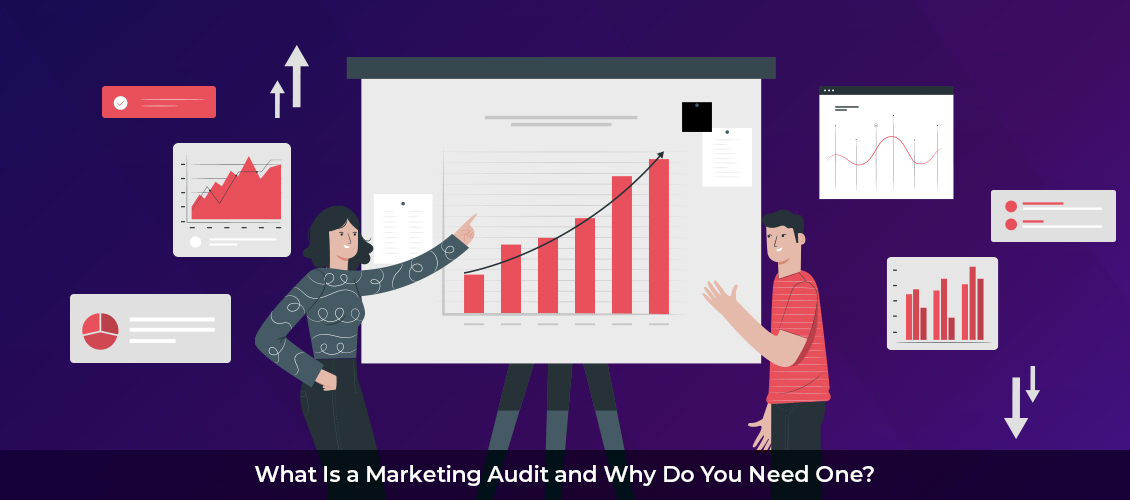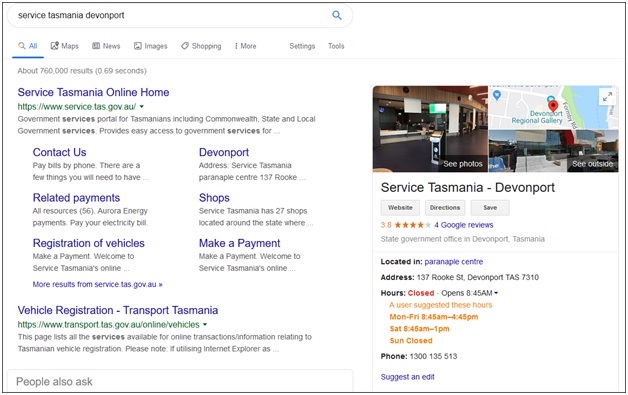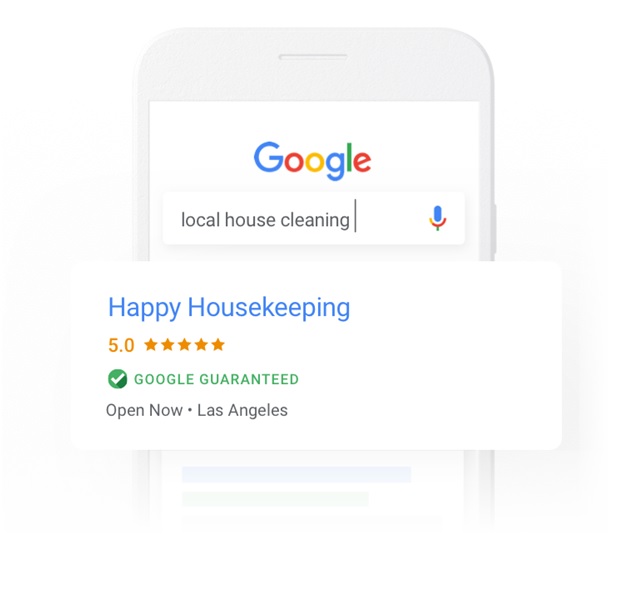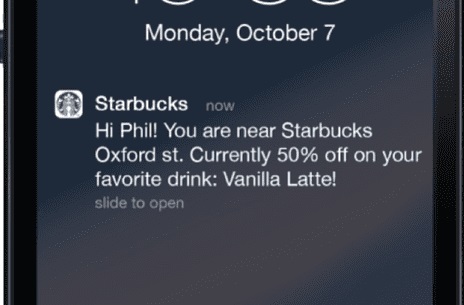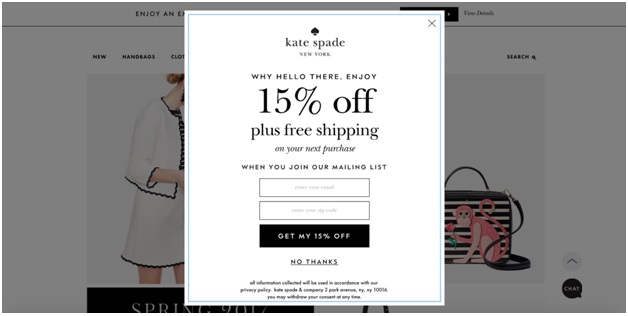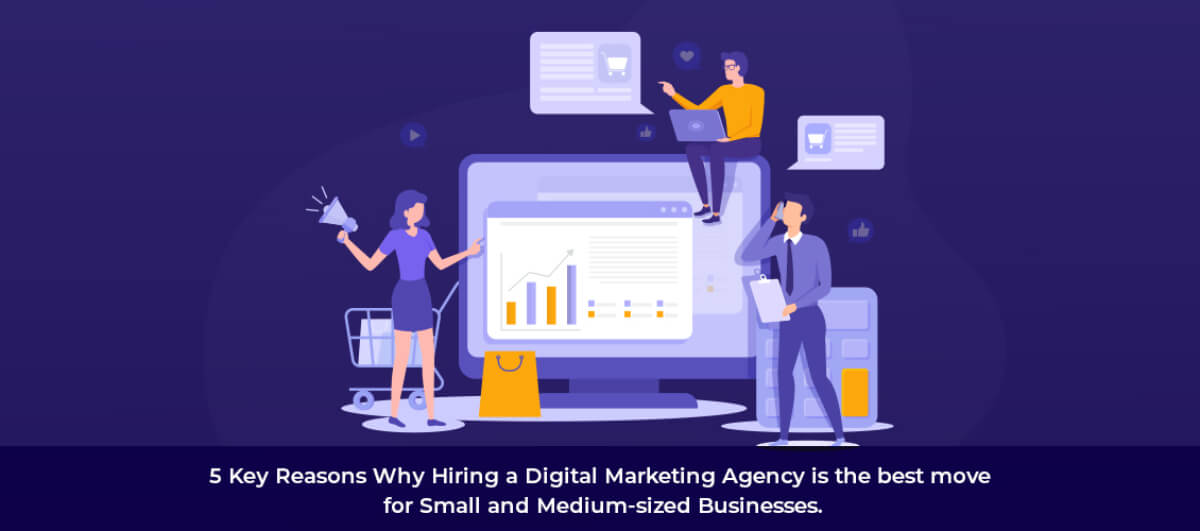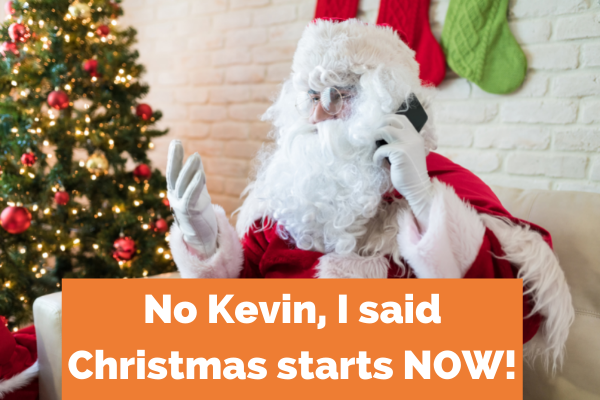
With the festive season just around the corner, businesses out there are already planning on convincing customers to purchase more. Indeed, online marketing exerts one of the greatest influences on consumers on what and how they are purchasing. This is the reason why modern businesses are spending ample time as well as budget on crafting an effective Christmas digital ad campaign to entice the customers with their lucrative offers.
One of the major aspects of a holiday online ad campaign to be successful is the overall originality. Therefore, you can consider taking inspiration from other brands when it comes to creating the perfect Christmas online ad campaign.
When to Start Christmas Marketing?
Christmas is undeniably the busiest time of the year for marketers and business owners. They are expected to ponder over relevant gift guides, discounts, Christmas offers –all towards boosting their sales. What is the best time to commence Christmas marketing for your brand?
When you start too early, it can affect your overall sales negatively while even turning some consumers off. However, starting off too late will imply losing out on potential customers to the competitors. The best idea is to strike a perfect balance between the two.
Most leading brands launch Christmas ad campaigns during late November. This could be right after US Thanksgiving Day. The reason? The Cyber Monday and Black Friday offers are done away with. Therefore, nothing else will distract your customers when they are searching for Christmas presents.
Another crucial factor is that US Thanksgiving Day turns out to be the last holiday before Christmas. Therefore, it becomes a great opportunity to analyze the pros & cons of your online marketing strategy. You can consider checking the sales & profit of the company, the overall discount efficiency for specific products & services, and the overall customer satisfaction.
When you have relevant results from your previous ad campaign, it will become easier to be prepared for the upcoming festive season. To top it all, as December approaches, people get into the ultimate Christmas mood –planning to purchase gifts for friends & family while making plans for Christmas Eve. Let us help you unravel the secrets of designing the perfect Christmas online ad strategy by taking cues from other leading campaigns.
Top Christmas Online Ad Campaigns
As soon as the winter holidays approach, marketers get excited about coming up with new marketing ideas. Every year, marketers come up with interesting advertising ideas to draw the attention of the target audience. The most important aspect is that the given set of advertising is the Christmas magic created by such brands during the much-awaited period of the year.
If you wish to create a compelling Christmas digital ad campaign for your brand this year, here are some inspirations to consider:
Coca-Cola Christmas Campaign

Coca-Cola is renowned for its iconic ad campaign ‘Holidays are Coming’ all around the world. The ad was quite popular some years back. However, the brand has now shifted to the digital platform for expressing its ideas.
In the traditional TV ad of ‘Holidays are Coming,’ Coca-Cola has revolutionized the concept with high-end visual and music effects. Moreover, in the coming year, the brand also aims at unveiling its exclusive cinnamon range for the customers. What about online or social ads? Recently, the brand collaborated with Snapchat. The brand made use of the social network’s lens feature for drawing the attention of the end customers online.
It also used another app named Waze. Here, the users will come across virtual Santa for helping shoppers look for the nearest place for finding Coca-Cola products.
Amazon
Every year, Amazon comes forth its signature singing boxes that produce a heart-warming tune for bringing your Amazon package for the festive season. Recently, Amazon released its Christmas advertisement for the YouTube channel while capturing hearts all across the world.
The advertisement of two minutes features a young ballerina meant for performing in the annual winter dance. However, the purpose of the ad was cancelled due to the advent of the pandemic. The ad goes forth beautifully showcasing the sentiments of the entire year of the pandemic. It also reveals how humans will be overcoming the upcoming challenges.
The ad has been given the perfect title of ‘The Show Must Go On.’ It captures the essence of determination while portraying a realistic Christmas for the season. The advertisement was also coupled with the launch of the brand’s annual Christmas shopping guide. To top it all, the Instagram handle of the brand also start its early hint of the festive cheer.
Target
Indeed, you must remember the famous ‘The Christmas Champ’ Target commercial. It featured a crazy woman who was quite excited about Christmas shopping. However, this ad was not just used on the TV. Recently, it was used in the context of online advertising as well. The brand aims at delivering gentle fun to the shoppers through the ad. Moreover, the ad also aims at implying how the heroes are going the extra mile to ensure that everyone is on the list of the perfect festive gift.
Pepsi
Pepsi serves to be the primary competitor to Coca-Cola. To stand out, the brand aims at creating something unique and stylish to draw the attention of the digital customers. Recently, the brand thought of doing away with the traditional concept of presenting a challenge to the holiday marketing campaign of Coca-Cola.
The company made the decision to choose a famous rap star including Cardi B over Santa Claus. The ad by Pepsi reveals Twerk Shop of Cardi. Here, the famous star teaches an elf twerking as a jingle plays along. This, in turn, encourages the viewers to offer more money than traditional gifts during Christmas.
The core idea of the ad campaign by Pepsi is to ensure that Christmas ads become more modern while targeting younger individuals like the Gen Z. As per Pepsi, it is referred to as the ‘Digital Scratch-off Game’ available as QR scan codes on the soda cans or bottles. When the buyers are capable of revealing three brand globes, they are suitable for winning cash prices from $5 to as much as $25,000. However, there is a single catch –the money that you earn should be given away as donation or to a friend.
Spotify
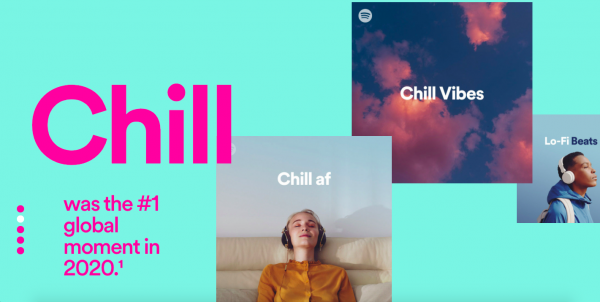
Spotify is a leading online video and music streaming service platform. It already boasts the presence of millions of users from different parts of the world. However, during the festive season, the brand aims at unfolding much more for the users. Spotify is known to follow a typical Christmas tradition. It is referred to as Spotify Wrapped. Wrapped by Spotify serves to be a great online marketing strategy for prompting new users to join the high-end Spotify community.
Just as December starts, the company goes forward with offering an opportunity to relive the favourite music tracks that you had been listening throughout the year. Moreover, the platform also creates a list of top songs –including artists and genres that you might prefer the upcoming year. Using the advertisement technique, users are also given the freedom to create the respective Christmas playlists while sharing them with individuals in the respective social network.
Santa Tracker by Google

Google is undeniable the largest technology brand in the world out there. It developers and marketers keep in implementing new ideas for amazing the Google users. You might have observed the iconic 404 Page featuring a Dinosaur or playing of Packman or Atari Breakout in the browser.
However, as the Christmas season approaches, Google always loves using the interactive Santa Tracker. It is available as an annual entertainment program that was released in 2004. It allows end users to keep a track on Santa Claus during Christmas. Developers at Google include more advanced features in the ad including Christmas tutorials, playing videos, and various other activities –right as December approaches.
Google continue promoting its site on different social networks while adding various questions under the posts of Santa Claus for raising up the interest of the users. Here, you can consider taking part in a race while picking the user who wins.
H&M
It is a famous fashion brand in the world. The brand is known to operate in as many as 60 countries of the world while selling through a majority of them. During its Christmas shopping fun, the company decided to introduce something new.
H&M decided to collaborate with Coca-Cola’s ad for promoting some interesting online gifts –including staff for both the H&M & Coca-Cola fans. Here, the shoppers can consider buying hoodies, t-shirts, joggers, sweatshirts, hats, and much more featuring Coca-Cola prints.
Conclusion
You can come across a myriad of brands extending their interesting Christmas online ad campaigns. If you also wish to stand out this festive season, it is expected to think of something creative and fun. By leveraging the latest online marketing strategies and tools, you can maximize your brand identity using unique Christmas online ad ideas. All the best!
If you don’t even know where to start, contact us and we’ll get you on your way.

